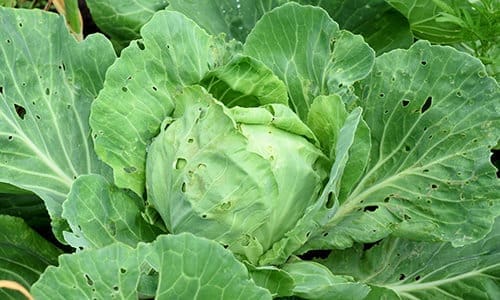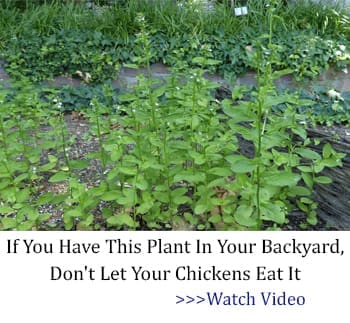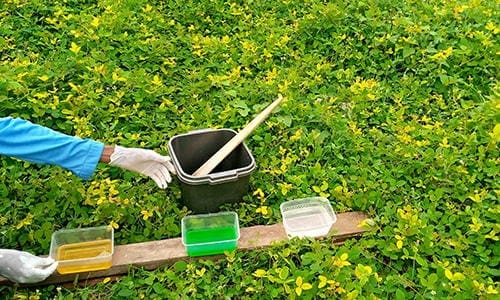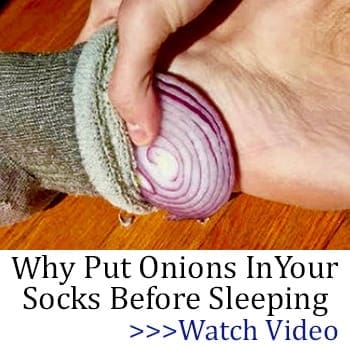Pests are a great enemy of plants, and as a homesteader, I have not little chance for them in my garden. I often apply pesticides to the garden and on specific pest-vulnerable plants.
As I try to avoid plant-destructive pests, I potentially face the harmful effect of the pest killer due to its chemical composition. It implies that I must keep these harmful chemicals away from my family, food, plants, and pets. The health of my household is something I don’t want to compromise.
How do I go about this?
To avoid pests and food-poisoning pesticides, I realized I could make my chemical-free solution at home. From research, most ingredients mixed to make store-purchased pesticides are available inside my home and kitchen.
Think of using cooking oil to make oil-based pesticides. What about mixing garlic, mint, and cayenne pepper in a spray? Can you imagine that oranges or tomato laterals are good recipes for making a pest killer? There are many other safe, non-chemical homemade pest killers you can make.
If you’re wondering what a safe, non-toxic pest killer to make at home, I’ve come up with a solution.
I’ll describe my DIY procedure of making a homemade oil-based pesticide. Generally, oil-based pest killers are cost-effective, quick, and less toxic. Besides, they are used on a wide variety of plants and can control various pests.

How to Make Pesticide with Cooking Oil
Follow me as I make my effective oil-based pest killer
Supplies needed
- Cooking oil (I use 1 cup of animal oil in this DIY. You can also use fish oil, plant oil, or petroleum oil. Using canola oil is an option, too)
- Two tablespoons of soap or emulsifier
- Spray bottle
- A sizeable bowl, depending on the quantity
- 1 Cup of water (I ensure my water is clean and uncontaminated)
Related: How You Can Find Out If Your Homestead Water Is Polluted Or Clean
Steps to Make Homemade Oil-Based Pesticide
Step 1: Get your workspace ready
The first thing is to clean and clear up my workspace. I chose my spacious garden veranda because of its exposure to atmospheric air. Besides, it keeps my project away from my kids’ prying pranks and hands. Get rid of all debris, dirt, and contaminants.
Step 2: Emulsify the oil
The emulsifying step might become optional if the type of oil you use readily mixes with water. But I used some mild liquid soap as an emulsifier because it also contains insecticidal properties. My idea was to enable my oil to blend well when mixing. Thank goodness I did.

Step 3: Mix water, soap, and oil
The next step is to mix the oil with water and soap. Start by mixing the soap with water before gently stirring the mixture in the oil. Make sure you calculate how much water, oil, and soap, depending on the quantity of oil-based pesticide you want to make in the spray.
As a general rule of thumb, a ½-2% oil-water mixture is preferable. I made 1 liter, adding 1 liter of water and 2 liters of liquid soap to 5 ml of oil.
Related: What Happens When You Mix Fat With Ashes
Step 4: Allow the mixture to settle and then stir
First off, you should ensure that the ingredients mix very well. After this:
- Allow the mixture to settle down for three minutes
- Observe if water or soap isn’t standing separately in different sections of the bowl
- Stir the content together again to ensure evenness
This way, you can get the best outcome.

Step 5: Pour the solution into a spray bottle
Once you’re done with steps 1-4, your homemade pesticide should be ready for use. Now pour the mixture into a clean spray bottle. You can start to apply the pest killer.
How to Apply Oil-based pest Killer
One thing about oil-based pest killers is their volatility. The ingredients can start to break down within a very short period. So, you don’t want to allow it to stay in the spray bottle for more than 6 hours.
If not, the solution may lose its efficacy and bite. Oil-based treatments are perfect for garden vegetables and flowering and non-flowering plants.
Before applying your oil-based pest killer, ensure you shake the sprayer well to allow an even mixture. Keep agitating the hand pump sprayers as frequently as possible.
This way, you can prevent the oil from clogging the mouth of the sprayer. Frequent agitation also prevents or at least reduces the risk of uneven plant or pest coverage. Constant stirring while spraying will protect your plant from damage due to over concentration of oil treatments.

Advantages of Oil-based pesticide
- It is budget- and environmental-friendly
- The solution takes a relatively shorter time to compete
- Oil-based pesticides have a longer-lasting effect on various pests
- They are perfect for protecting a wide range of plants
- They have a fungicidal effect and can effectively control pest
Downsides
- They can be easily affected or washed off by environmental conditions
- Oil-based pest killers have the relatively slower pest control power
Is oil-based pesticide safe to use?
One of the reasons many homesteaders prefer oil-based pesticides is their low toxicity. They are non-poisonous and highly safe for humans, pets, and wildlife.
Oils evaporate, disintegrate rapidly, and won’t infect the soil or groundwater sources. In addition, oil-based pest killers have a strong effect on highly resistant insects, including termites.

Now you have it! The next time you need to control pests in your garden and protect your plants for greater yield, you can consider making a homemade pesticide.
The good thing is that you have different oil options to use. Oils extracted from plants and animals and oils distilled from petroleum are the best for this DIY pest-control and plant-protecting pesticide. I hope you find this guide helpful.
You may also like:
 9 Best Plants That Naturally Repel Pests from Your Homestead
9 Best Plants That Naturally Repel Pests from Your Homestead
If You See This Plant in Your Backyard, Burn It Immediately! (Video)
Vegetables You Can Re-Grow From Scraps
DIY Cheap Bio Enzyme Solution For Home Cleaning
8 Best Natural Ways To Stop Slugs And Snails From Destroying Your Plants










The recipe for this is confusing. In one place you say to use 1 cup of oil, 1 cup of water, and 2 tablespoons of soap. In another place you say to use 1 liter of water, 2 liters of soap?? and 5 milliliter of oil. It would be nice to have a recipe that actually made sense.